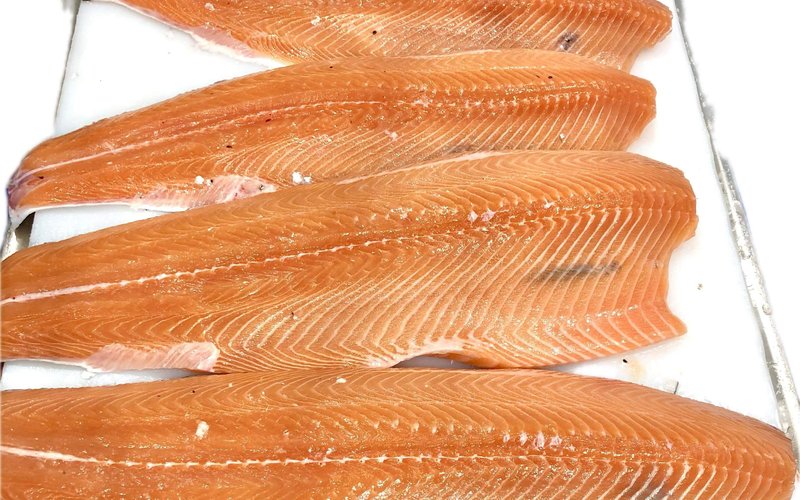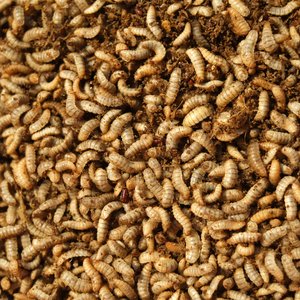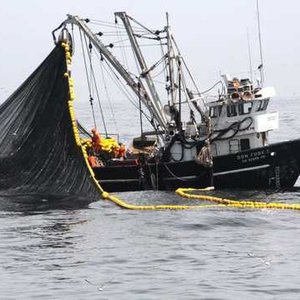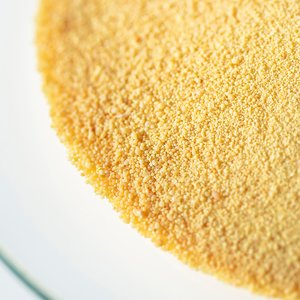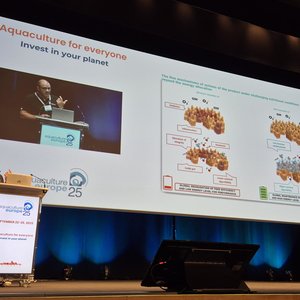Melanin spots in Atlantic salmon fillets are a growing concern in the salmon farming industry, leading to product downgrades, reduced yields, and increased processing costs. QRILL Aqua, a krill-based ingredient rich in essential fatty acids, has been shown to significantly reduce these dark spots – improving fillet quality and helping farmers maximize returns.
Melanin spots in Atlantic salmon fillets, also known as melanosis, are a common quality issue affecting up to 30% of fish in some regions. These spots are the result of the fish’s immune response to inflammation caused by stress or tissue damage. Research shows that including Antarctic krill-based QRILL Aqua in the feed, with its high levels of omega-3 fatty acids, can effectively prevent the accumulation of melanin pigments and improve fillet quality.
Managing the melanin problem
When the fish is subject to injury or stress, such as hypoxia or trauma, dark melanin pigments appear on the fillet. Dealing with these spots requires the removal of affected areas, which increases labor costs and at times, can lead to the complete discarding of fillets. This translates to economic losses for the farmers. In Norway alone, as much as 20% of harvested salmon is impacted, while in Chile, melanin spots are responsible for nearly 30% of downgrades, according to Aquabench.
Chronic inflammation is a major factor in the development of melanin spots. Omega-3 fatty acids, specifically EPA and DHA, are essential for regulating inflammation and preventing chronic condition. QRILL Aqua delivers these fatty acids in a phospholipid form that is more easily absorbed by fish.
- Recent studies, including the EX-spot 2022 report, confirm that increasing EPA and DHA levels in the salmon feed significantly reduces the severity of melanin spots.
- Internal research trials at Aker BioMarine demonstrate that including 7.5% QRILL Aqua in salmon diets can eliminate melanin spots in fish between 1.2 to 3.2 kg.
“Going beyond reducing melanin spots, QRILL Aqua also serves as a key ingredient to boost overall salmon health. Research has shown its ability to enhance feed intake, improve growth performance, lower mortality rates, and increase the robustness of the fish, ultimately resulting in high-quality products that appeal to consumers,” the company said. “For salmon farmers, QRILL Aqua serves as a practical, research-backed solution that can help eliminate their melanin challenges, not only improving the appearance of the fillet but also boosting overall health and resilience. QRILL Aqua is a proven ingredient, rich in important nutrients, that is set to play role in increasing efficiency and profitability for salmon farmers today.”
References:
- Aquabench Melanosis Project. (2022, September 5). Melanosis Project Description. https://aquabench.com/en/2022/09/05/melanosis-project/
- Mørkøre, T., Larsson, T., Jiménez-Guerrero, R., Moreno, H. M., Borderias, J., Ruyter, B. S., … & Bæverfjord, G. (2022). EX-spot: Mørke flekker i laksefilet. Årsak til dannelse og tiltak som hemmer utvikling. Nofima Rapportserie.
- Bjørgen, et al. (2024). Deciphering the pathogenesis of melanized focal changes in the white skeletal muscle of farmed Atlantic salmon (Salmo salar).
- Lutfi, et al. (2023). Increasing dietary levels of the n-3 long-chain PUFA, EPA and DHA, improves the growth, welfare, robustness, and fillet quality of Atlantic salmon in sea cages.
- Färber, J. (2017). Melanin spots in Atlantic salmon fillets – An investigation of the general problem, the frequency and the economic implication based on an online survey.
- Bjørgen, et al. (2015). Piscine orthoreovirus (PRV) in red and melanised foci in white muscle of Atlantic salmon (Salmo salar). Veterinary Research, 46(1), 1-12.
- Wakamatsu, K. (2023). Eumelanin Detection in Melanized Focal Changes but Not in Red Focal Changes on Atlantic Salmon (Salmo salar) Fillets. International Journal of Molecular Sciences, 24, 16797. https://doi.org/10.3390/ijms242316797


